Category: Physicians Giving Back
-
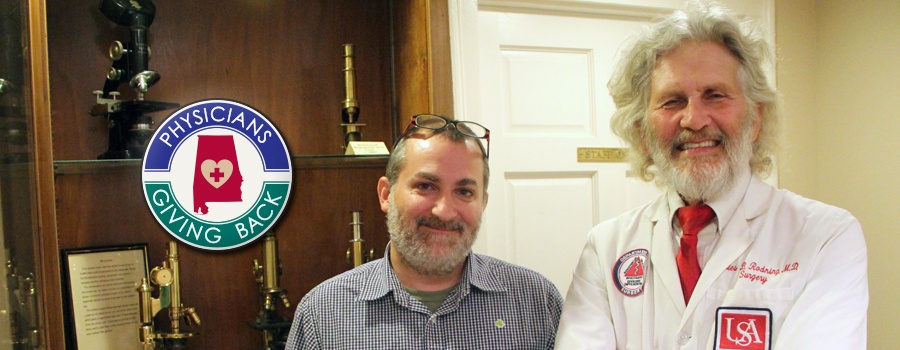
-

Just a Guy with a Ladder with Lee Irvin, M.D.
MOBILE – You probably don’t know Lee Irvin, M.D., of Mobile, and he’s fine with that. He’s the kind of gentleman you’d love to hang out with and have a drink or dinner with…swap stories with. But it’s easy to see that his medical mission over the last couple of years wears heavy on his heart.…
-
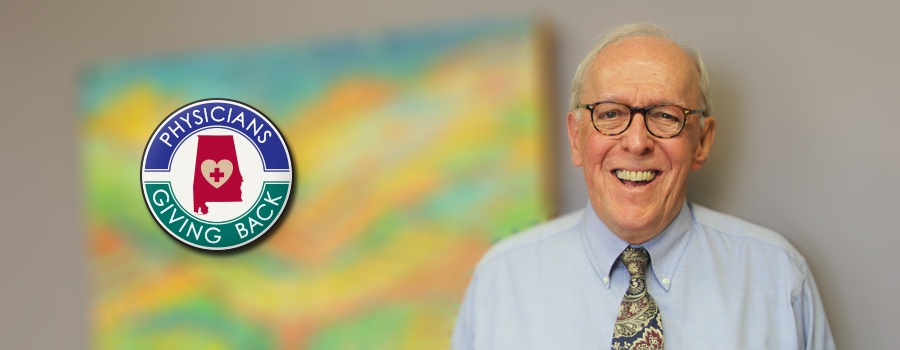
It’s all about Timing with Dyrc Sibrans, M.D.
DECATUR — Dyrc Sibrans, M.D., still greets patients with a firm handshake and a friendly smile. His laughter is infectious and easily fills the room as he reminisces about what he’s accomplished during his career. Already retired once from his own thriving medical practice in Decatur in 2000, he originally prepared to spend more time…
-
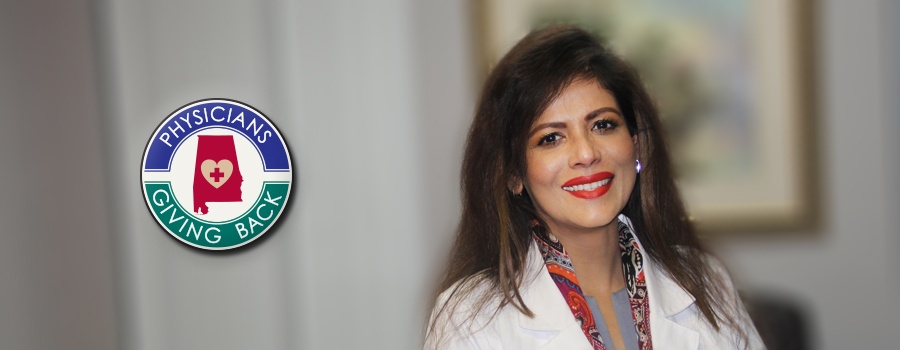
Keeping Promises with Irene Bailey, M.D.
TALLASSEE — Irene Bailey, M.D., is a woman who believes in the power of faith, family and medicine. Running two practices, one in Tallassee and a new extended-hour family medicine/urgent care facility that recently opened in Montgomery, can take its toll. But for Dr. Bailey and her husband, Shaikh Wahid, M.D., there’s always time in…
-
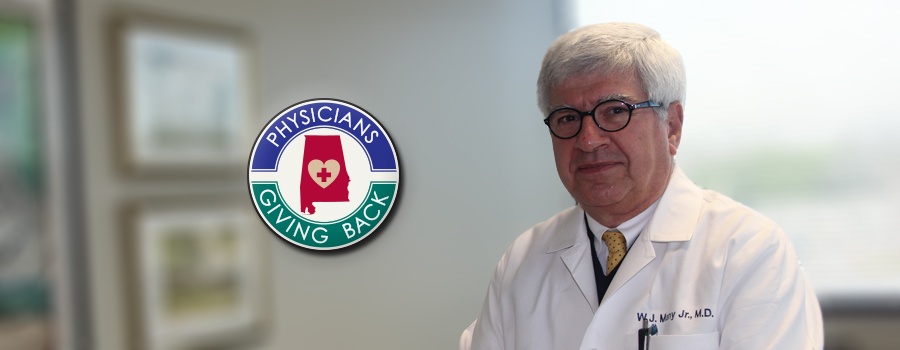
From the Treatment Room to the Classroom with Wick Many, M.D.
MONTGOMERY — He jokes about it now, but Wick Many, M.D., said he was a sickly child who spent a lot of time in his pediatrician’s office. For those times when he was too sick, his doctor would make house calls…an experience he did not look forward to. “Back then, in the 1950s, pediatricians would…
-
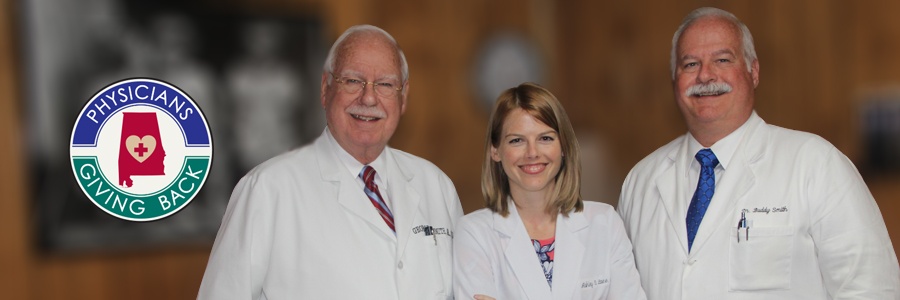
All in the Family with the Smiths
LINEVILLE — The City of Lineville is a small, rural community of about 2,500 residents in Clay County. At the heart of the community lies Lineville Clinic, home of the Smith family medical practice. Patriarch George Smith Sr., M.D., graduated from Howard College with a Bachelor’s degree in Pharmacy and worked for three years with Eli…
-

-

Reading Gives You Wings with Marsha Raulerson, M.D.
BREWTON — According to Dr. Seuss in I Can Read with My Eyes Shut!, “The more that you read, the more things you will know. The more you learn, the more places you’ll go.” That’s a philosophy Brewton pediatrician Marsha Raulerson can easily get behind. For more than 30 years, Dr. Raulerson has celebrated her…
-

Rammer Jammer Yellow Hammer!
TUSCALOOSA – Jimmy Robinson, M.D., was the first Primary Care sports medicine-trained physician in the State of Alabama. One could say he’s seen a thing or two over the years. Originally from New Orleans and a graduate of LSU, when Dr. Robinson first came to The University of Alabama, he faced a tough crowd but…
-
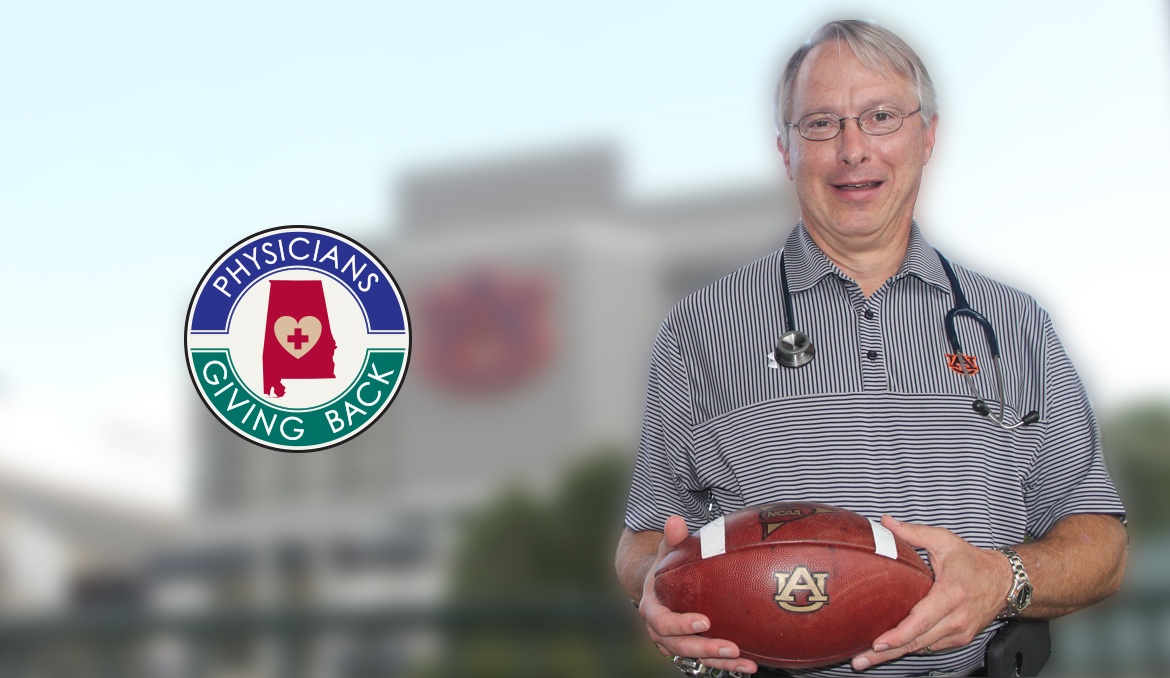
It’s Great to Be an Auburn Tiger!
AUBURN – Mike Goodlett grew up in Moulton, Ala., dreaming of being a sports star…or at least being able to hit a home run or run for a touchdown. That life wasn’t meant for him. Little did he know such a humble beginning would lead him to The Plains as the team physician for the…